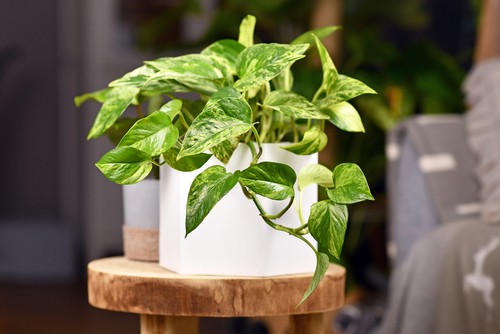Pothos, also known as Devil’s Ivy, is a popular indoor plant that is loved for its trailing vines and ease of care. However, even with the best intentions, pothos stems can sometimes turn brown, causing concern for plant owners.
Maybe you left town for a couple of days, or perhaps life got in the way and you became too busy to care for your indoor pothos plant and it begins to brown. What is the cause of this?
The main reason your pothos stems turning brown is likely due to improper conditions in your home or in its environment. Plants are very fickle, and so the right environment and proper care can make a big difference in the lifespan of your plant.
In addition to environmental factors, different plants require their own individual care. This article will go over the various reasons pothos plants may begin to brown, and how you can avoid or reverse the damage done.
Why do plants turn brown?
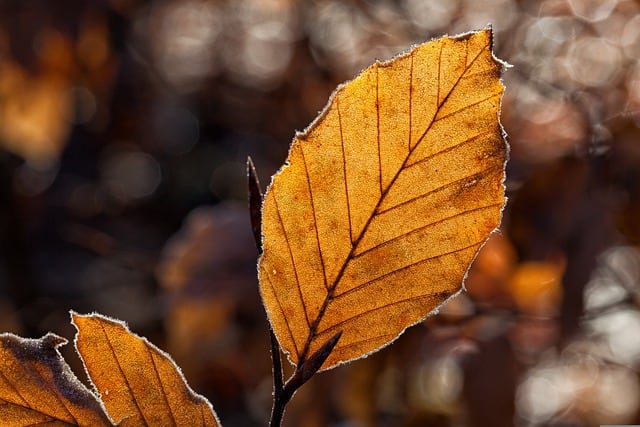
A plant’s environment is often the number one culprit of browning. Environmental factors include any kind of conditions that could have adverse effects on a plant’s health, such as:
- exposure to too much direct sunlight
- not enough sunlight
- higher than tolerable humidity
- aggressive winds or dry conditions
- over/under watering
- soil without a proper drainage system in place
- pest issues
Learn more from related posts:
What is a pothos plant?
Pothos plants are the perfect addition to any home, and one of the most popular for plant enthusiasts. Whether you have a certified green thumb or you are new to being a plant parent, pothos are a great plant to have in your home as they are not only visually alluring but are also low maintenance.
There are a number of different strains of pothos plants to choose from. The most common, however, is the Epipremnum aureum. Pothos plants are adaptable to a number of climates, which is why they are found throughout the world. While there are several different Epipremnum aureum strains, some more well-known varieties include:
- golden pothos
- neon pothos
- manjula pothos
- marble queen pothos
Reasons For Pothos Stems Turning Brown
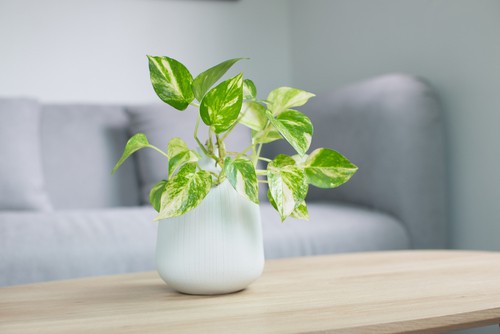
1. How much water does a pothos plant need?
Pothos can hold a lot of water due to the thickness of their stems, more so than many other standard household plants. Due to their nature of being able to hold onto water, pothos do not need to be watered very often, and actually thrive better when left to dry out over the course of a few days.
It’s critical for many plants to have a proper drainage system in place, or a plant can easily become overwatered. When a plant is overwatered, it causes the stems and roots to become soft. As a result, the plant loses the ability to gather the oxygen it needs to survive.
2. How do I know that I’ve overwatered my pothos plant?
Pothos, when overwatered, will show you a couple of tell-tale signs. The stems will begin to yellow and brown, and will also become mushy and soft to the touch. In some cases, the solution is as easy as withholding watering for a few days and leaving the plant out to dry naturally.
If the problem is more extreme, you may need to remove the plant from the pot and trim off any rotten stems and repot into fresh, dry soil.
If your plant does have visible signs of browning on its leaves and vines, it is also best to trim these off so that the plant can focus its energy on positive regrowth as it develops its new roots.
Underwatering is also a threat for your pothos plant. A lack of water causes the stems to be dry and brittle, which may also result in browning.
A good rule of (green) thumb, is to water your plants once a week in the summer, and twice a week in the drier, winter months. This way you can avoid both over and underwatering and causing the plant to brown.
3. What kind of soil works best for pothos plants?
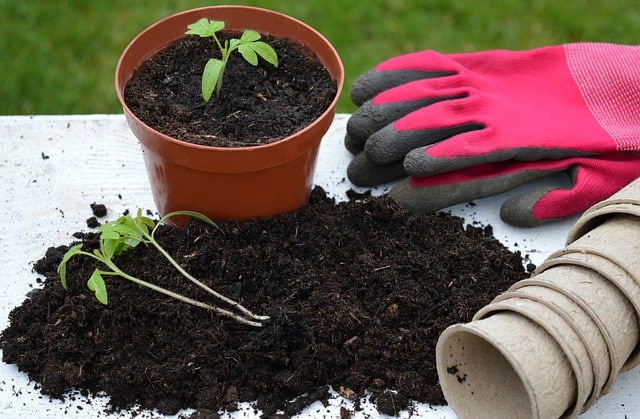
It may be surprising due to their low maintenance nature, but soil does play a big role in the longevity and health of your pothos plant.
Pothos require a lighter soil due to its need for aeration. Soil with a mix of perlite and coconut coir is ideal for pothos plants as these elements will assist in holding onto any moisture that is needed, but draining away any excess.
Having a good balance of moisture and drainage capabilities is instrumental for making sure that oxygen gets to the roots to counter any potential browning.
4. Plant diseases
It may come as a surprise to some, but house plants can develop diseases as well. Fungus, also known as anthracnose, can develop from over moisture and old soil, which requires your plant to be repotted as quickly as possible into fresh, dry soil.
Blight is a plant disease often associated with the browning of pothos stems. There are several different types of blight that all plant caregivers should be aware of, and they come with their own unique symptoms:
| Disease | Symptom | Treatment |
| Bacterial Leaf Spot | Yellow halos on leaves, the centers can fall out due to lack of oxygen | Cut away any parts of the infected plant to avoid spreading |
| Pythium root rot | Weak and mushy roots and yellow leaves | Repot into fresh soil and apply a fungicide |
| Rhizoctonia Stem rot | Stems have already died and the fungus begins to show at the soil level | Repot into fresh soil and apply a fungicide |
5. What type of pests disturb pothos plants?
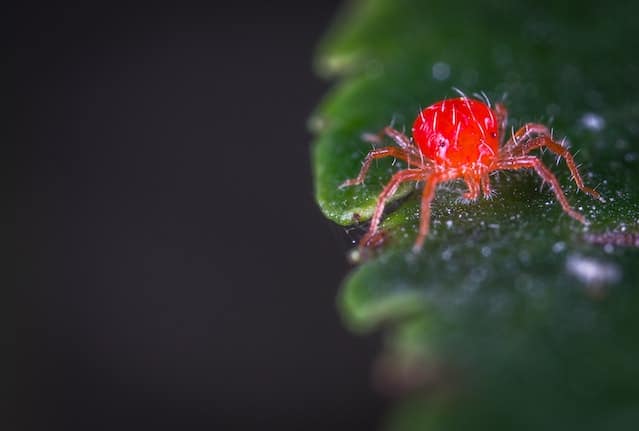
Pests, such as mites, aphids, or scale, are one of the more common issues pothos plants face. Since bugs feed on sap and plant tissues, this can cause the plant to get sick and begin to brown.
In addition to feeding off the plant’s life source, insects can also lay eggs which can cause an unbalance to the plant if the colonies get out of control. Luckily, pests are usually quite easy to identify as you can often see them physically on the plant. This problem can be fixed by just removing the bugs one by one.
If a colony has gotten out of hand, an insecticide may be required, such as horticultural oil or insecticidal soap. After a few wipes on your plant, the problem should begin to resolve itself.
6. Temperature plays an important role
Very few plants can sustain life in cold or freezing conditions. Your pothos plant is no exception. Pothos plants require a relatively warm environment (about 60 degrees Fahrenheit) and may start to face damage once below 50 degrees Fahrenheit.
A fair amount of humidity is required as well to keep the plant from drying out. Since pothos plants are often kept inside, this usually is not an issue. However, be sure in the winter months to move your plant away from any windows or areas of the home which may be exposed to the cold outside.
Also, make sure to not place your plant directly below an air conditioner – the burst of cold air may cause the plant to go into shock and eventually brown.
Final Thoughts
Don’t let any of the above deter you from getting your own pothos plant. While these risks exist, they are still one of the most easily manageable plants you can find, and avoiding and even treating any of the above issues is a relatively painless process.

Hey, I’m Lisa and I’ve been an avid gardener for over 30 years. I love writing, talking and living in the garden! Feel free to connect with me on my socials below

